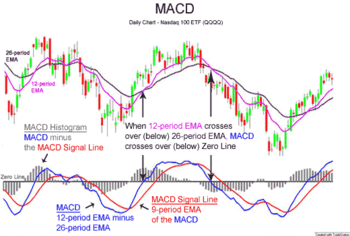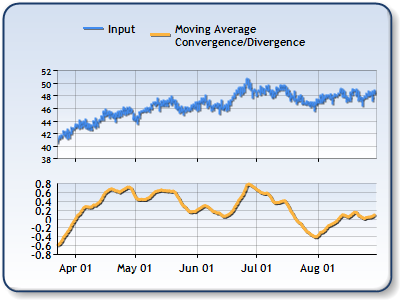The Best Trend Indicators
The Best Trend Indicators
As a newbie trader one of the most important things that you will need to learn is exactly how to identify trends, and how to identify the direction of a trend. If you as a newbie trader learn how to identify the direction of trends, your chances of being successful in the world of trading greatly increase. Now, what is important to note is that in order to identify a trend and the direction of the trend, you should be using the best trend indicators out there, and yes this is in part what we are here to discuss today.
However the problem when it comes to identifying trends and their directions is that one type of trader might see an uptrend whereas another type of trader might see a downtrend. a daily chart could look like there is an uptrend occurring, whereas an hourly chart could look like there is a downtrend occurring. Let’s get right to it and take a look at some of the best trend indicators out there, as well as how to use them, and what you need to avoid doing in order to make money when trading.
Identifying a Trend
One of the important things to note here is that a trend can look more like an illusion than anything else. The reason we say that a trend looks like an illusion is because depending on what your time frame is like, a trend can look very different. For instance, if you are looking at a 5 minute chart or a 15 minute chart it could appear as though there is a trend in the upward direction.
However, if you look at the daily chart for that very same asset, it might appear as though there is a downtrend occurring. the bottom line here is that when it comes to trends and trend indicators, it really depends on what kind of time frame you are using.
For instance, if you are a day trader, you should be using 30 minute timeframes and lower. As a swing trader you should be looking at one hour timeframes and four hour timeframes, and everything in between. If you are a position trader then you should be looking at 4 hour timeframes and above.
Using Price Action to Identify Trend Direction
Price action is all about reading the structure of a market, the momentum of a trend, and the sentiment to identify trading opportunities. In terms of trading, price action is one of the most important things that you need to learn because it provides you with extremely valuable insight to the market that you are currently trading in. Price action can tell you where traders are placing their stops and when new traders will enter the market.
There are three things to remember when it comes to price action, including that an uptrend consists of higher highs and lows, that a downtrend consists of lower highs and lows, and that arranges contained between the lows and the highs. with all that being said, identifying the direction of a trend when candle sticks are going all over the place can be difficult, so in the next section we’re going to learn how to identify a trend without using candle sticks.
Identifying Trend Directions Without Candlesticks
When there are tons of candle sticks with really long wet Wicks facing in all sorts of directions, things can be really messy, and it can make it hard for newbie traders to identify the direction of the trend. The simple solution to this problem is to use a line chart. For those of you who don’t know what a line track is, it is a chart that takes the price at the close and then connects closing prices together via line.
This takes the form of a squiggly on your chart that is much easier to read than those candle sticks. It’s pretty simple to read because if the line points higher than there is an uptrend, and if the line points lower than there is downtrend, and if the line is flat then it is arranged. However, with that being said the line tribe only considers the closing price, and that means that you won’t know what the high and low of a specific candle is, and this can be problematic. for identifying entries and exits using candle sticks or bar charts is best.
Using Moving Averages to Identify Trends
For those of you who don’t know, moving average is an indicator that summarizes the past prices, and is then plotted on your chart as a line. Sure, the moving average is a lagging indicator, but it’s not totally useless because it can help you identify the direction of a trend. a very simple technique to use is this, if the price is above the 200 MA line then there is a long uptrend but if the price is below the 200 MA line then there is a long downtrend.
You can also use a shorter term moving average, for instance if there is a strong trend the price will usually stay above the 20 ma line but in a healthy trend the price usually stays above the 50 MA line. Keep in mind that the moving average works best in a trending market. However if there is a range, then the moving average does not work very well.

Using Trend Lines to identify Trends
A trendline is a specific type of tool that you can draw on your charts, and it helps you identify both the strength and direction of a trend. When it comes to drawing trendlines, what you need to do is to look for at least two swing points, and then connect the swing points using a trend line, and then get as many touches on the trendline as humanly possible.
In terms of interpreting a trend line, if the line points higher than it is an uptrend, and if the line points lower than there is a downtrend. What you also need to pay attention to here is the angle of the trend line because the steeper the trendline is the stronger the trend is, and the flattered the line is the weaker the trend.
Trends & Trend Indicators – Final Thoughts
Now that you know what the four best types of trend indicators out there are, you can start easily identifying both the direction and the strength of a trend, with the hopes of you making consistent profits on a daily basis.
If you need help day trading, and what you need is a comprehensive education, particularly on Forex trading, then the best place to be is the Income Mentor Box Day Trading Academy. At this time, the IMB Academy is the most comprehensive, user friendly, effective, and affordable Forex trading school out there.
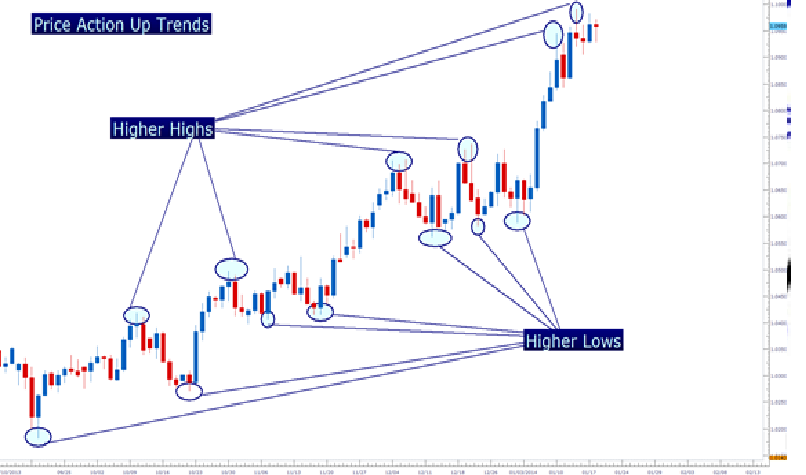
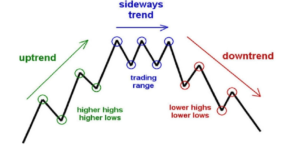
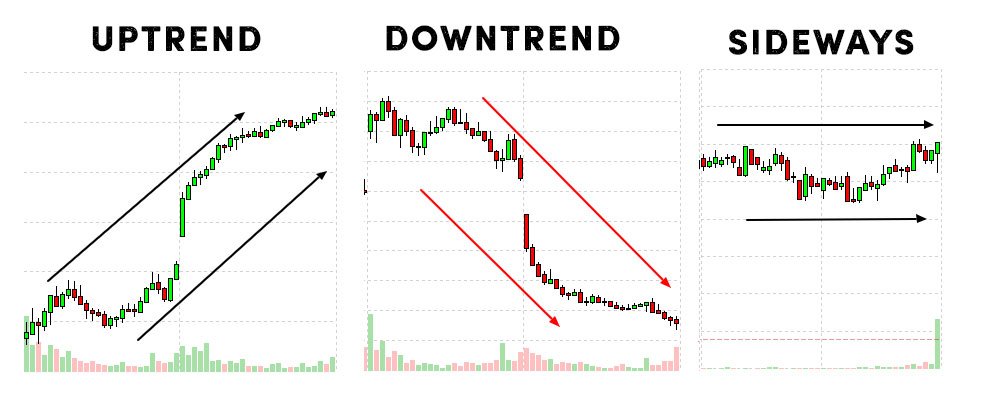


/figure-1.-eurusd-2-minute-56a22da35f9b58b7d0c78480.jpg)

